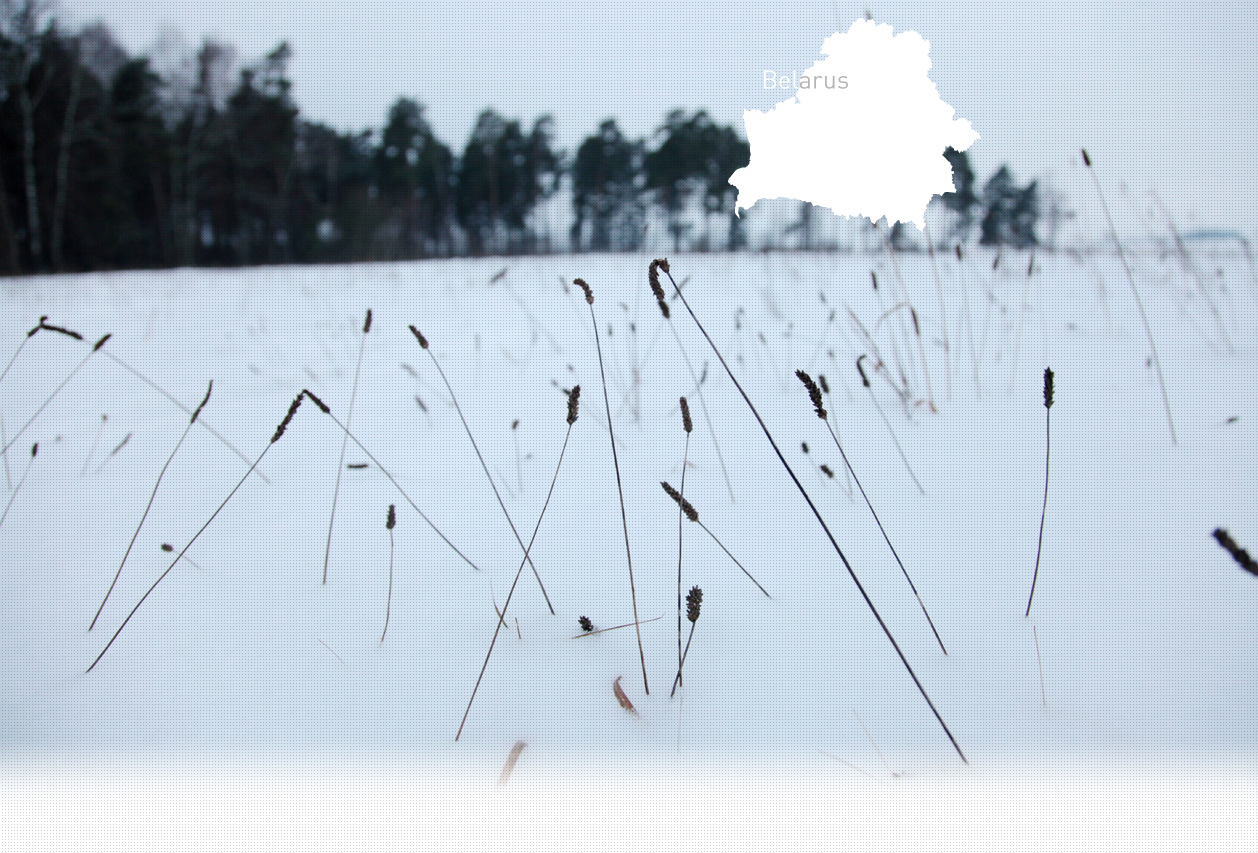

3 Killing site(s)
Mikhail R., born in 1929: “I had several Jewish friends at school. There was no difference between us. We all lived like one big family and we never made differentiated Jews and non-Jews. But, once the war broke out and the Germans arrived, all the Jews were shot. Today there are no more Jews living here.” (Witness N°742 interviewed in Starobin, on May 14, 2014)
Starobin is a small village situated 130 km south of Minsk, near the city of Soligorsk. In 1939, there were 1200 Jews living in Starobin, making up 35% of the total population. There was a synagogue and a Jewish cemetery. There were many craftsmen, tailors, shoemakers, carpenters, and blacksmiths among the Jews. The middle class was engaged in small business and trade. The village was occupied by German forces in late June 1941.
The first Aktion took place in July 1941, carried out by a Wehrmacht detachment as a reprisal after the killing of 3 German officers. 370 Jewish men were driven in trucks to a forest west of the village where they were shot.
On August 5, 1941, a new Aktion was carried out by an SS detachment. 200 Jews were killed behind the Russian cemetery and slaughterhouse. Over the course of the month of August, different shootings of Jews were carried out by an SS detachment as a “pacification” Aktion, as the mayor of the village and several local policemen were shot.
The remaining Jews, circa. 200, were mainly skilled workers and their families. They were assembled in a ghetto on Bolshaya Korpilovskaya street, where they were forced to work for the Germans. They were gradually liquidated, right up until the beginning of 1944. During the war, a number of Jews also managed to escape to the forests and join the partisans.
Do you have additional information regarding a village that you would like to share with Yahad ?
Please contact us at contact@yahadinunum.org
or by calling Yahad – In Unum at +33 (0) 1 53 20 13 17